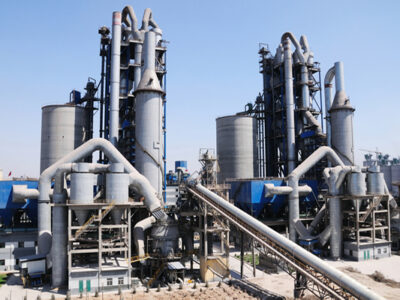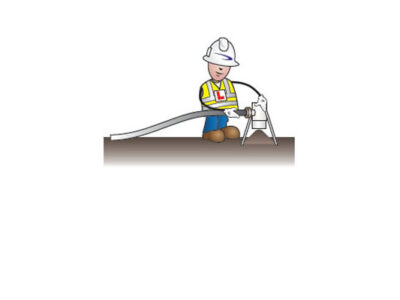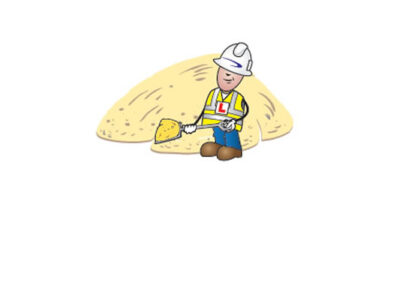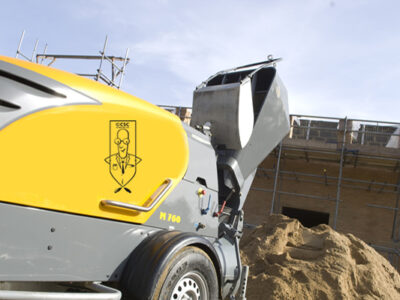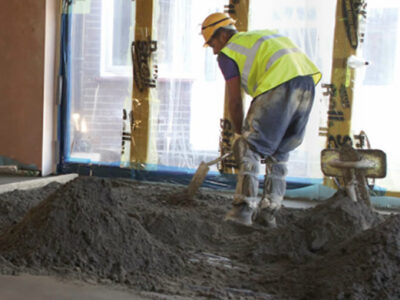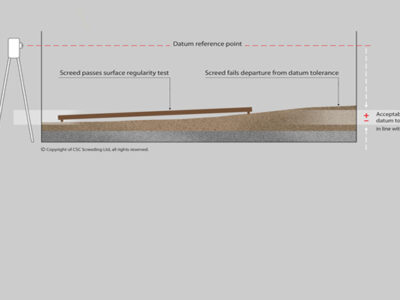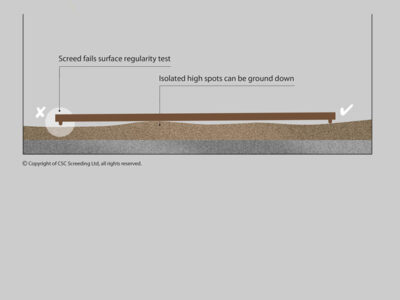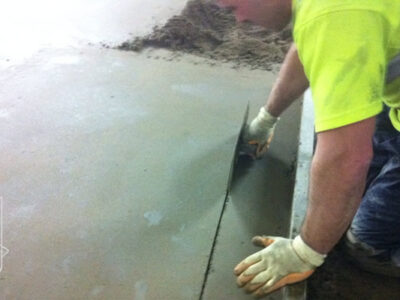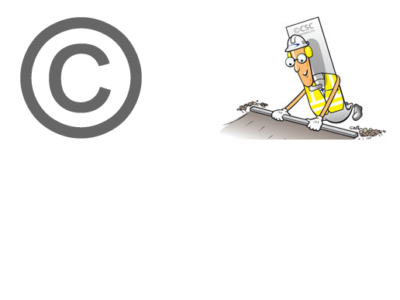Portland Cement : A Brief History
History and Development of Portland Cement Portland cement, arguably one of mankind's most important manufactured materials, was invented and patented by Joseph Aspdin from Leeds in 1824. Aspdin produced cement by heating powdered limestone mixed with clay in a furnace, and grinding the resulting clinker to a powder. He called the product "Portland Cement" because...


